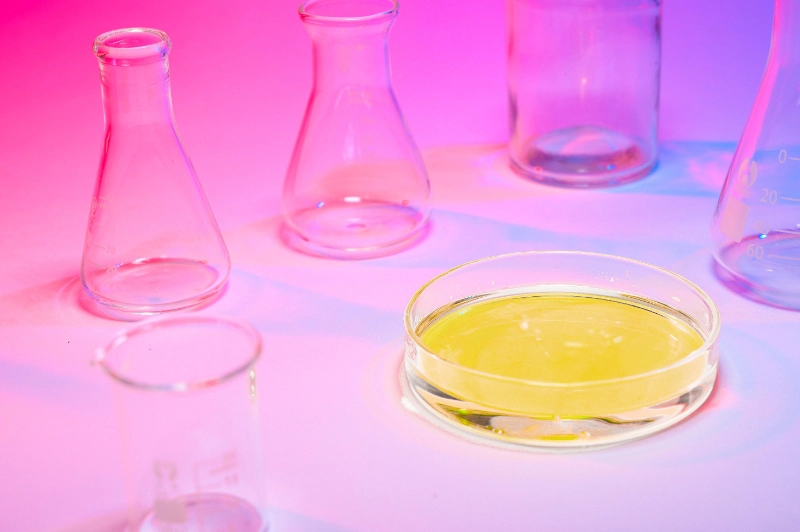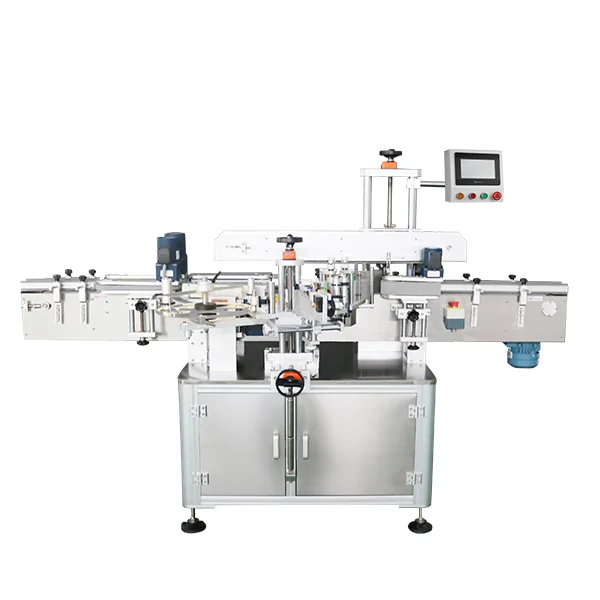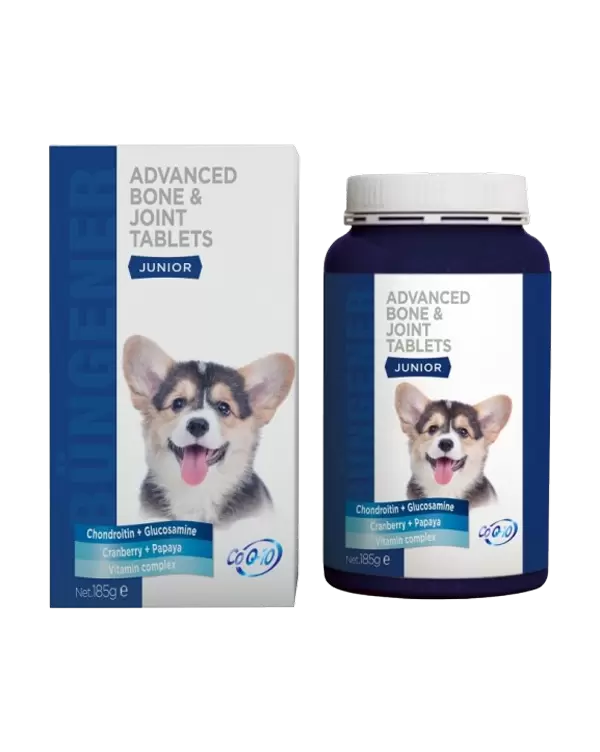Features of Active DHA (Docosahexaenoic Acid) in Cosmetic Raw Materials
Docosahexaenoic Acid (DHA), chemically represented by the CAS number 6217-54-5, is an omega-3 long-chain polyunsaturated fatty acid (PUFA) that is garnering increasing attention in the cosmetic industry for its broad spectrum of bioactive functions. Traditionally recognized for its vital role in neural development and cardiovascular health, DHA has now emerged as a potent cosmeceutical agent, offering multifaceted benefits when incorporated into topical formulations. In this blog post, CASOV, a high purity natural cosmetics raw materials factory, will share the features of active dha docosahexaenoic acid in cosmetic raw materials.
1. Chemical Structure and Physical Properties of Docosahexaenoic Acid
Docosahexaenoic Acid (C22H32O2) is a 22-carbon chain carboxylic acid with six cis double bonds, classifying it as a highly unsaturated fatty acid. The unique structural arrangement imparts a high degree of flexibility and fluidity to DHA, characteristics that are advantageous in membrane integration and skin barrier modulation.
- Molecular Weight: 328.49 g/mol
- Boiling Point: 452.9 °C at 760 mmHg
- Solubility: Practically insoluble in water; soluble in most organic solvents (e.g., ethanol, chloroform)
- Appearance: Clear to pale yellow oil
These physical characteristics make DHA ideal for oil-based cosmetic formulations and emulsions.

2. Skin Compatibility and Barrier Function Enhancement of Docosahexaenoic Acid
One of the most notable features of DHA in cosmetic applications is its ability to enhance the skin' s lipid matrix and restore barrier function. As the stratum corneum' s intercellular lipid composition is vital for maintaining hydration and preventing trans-epidermal water loss (TEWL), DHA integrates seamlessly into the phospholipid bilayer of epidermal cells, promoting:
- Improved skin elasticity
- Enhanced hydration
- Strengthened resistance to environmental aggressors
Its integration into ceramide-rich formulations allows for deeper penetration and synergistic effects in skin barrier repair products.
3. Anti-Inflammatory and Antioxidant Properties of Docosahexaenoic Acid
DHA exhibits strong anti-inflammatory activity by downregulating pro-inflammatory cytokines such as IL-6, TNF-α, and COX-2. In skin care, this translates into reduced erythema, alleviation of chronic inflammatory conditions (e.g., acne, eczema), and minimized post-treatment irritation.
Moreover, DHA is a precursor of specialized pro-resolving lipid mediators, including resolvins and protectins, which actively resolve inflammation and support tissue homeostasis.
Antioxidant-wise, DHA indirectly boosts cellular defense mechanisms by modulating Nrf2 pathways and upregulating antioxidant enzymes like superoxide dismutase (SOD) and glutathione peroxidase. This makes it a valuable asset in anti-aging formulations targeting oxidative stress-induced dermal degradation.
4. Photoprotective Effects of Docosahexaenoic Acid
UV radiation is a major extrinsic factor responsible for premature skin aging. DHA enhances the skin' s resilience against UV-induced damage through several mechanisms:
- Suppression of UV-induced MMP (matrix metalloproteinase) expression, particularly MMP-1 and MMP-9, which are involved in collagen degradation.
- Scavenging of reactive oxygen species (ROS) generated by UVB exposure.
- Inhibition of DNA damage pathways, aiding in photoprotection at the cellular level.
These attributes make DHA a suitable ingredient in sunscreens, after-sun products, and day creams with SPF.
5. Moisturization and Emolliency of Docosahexaenoic Acid
Due to its long-chain lipid structure, DHA exhibits excellent emollient properties. It helps in maintaining the lipid barrier of the skin, locking in moisture without clogging pores. Its ability to retain skin flexibility while reducing dryness and scaling is particularly beneficial in formulating products for sensitive or mature skin.
Additionally, DHA works synergistically with humectants like hyaluronic acid and glycerin to create multi-layer hydration systems in high-performance moisturizers.

6. Applications of Docosahexaenoic Acid in Hair and Scalp Care
The sebaceous nature of DHA lends itself well to hair and scalp care formulations. It:
- Enhances scalp lipid balance, reducing dryness and flaking
- Promotes keratinocyte health, aiding in follicular support
- Improves the tensile strength and elasticity of hair strands
Its anti-inflammatory action can also mitigate scalp conditions such as seborrheic dermatitis, while its moisturizing effect contributes to a healthy scalp microbiome.
7. Formulation Considerations of Docosahexaenoic Acid
While DHA offers numerous benefits, its formulation into cosmetic products requires special considerations due to its susceptibility to oxidation. Common stabilizing strategies include:
- Use of Antioxidants: Co-formulation with vitamin E (tocopherol), ascorbyl palmitate, or rosemary extract helps extend shelf life.
- Microencapsulation: Encapsulation in liposomes or nanoemulsions not only improves stability but also enhances skin penetration and bioavailability.
- Storage and Packaging: Amber-colored, air-tight packaging reduces photooxidative degradation. Cold chain logistics may be necessary for DHA-rich concentrates.
Additionally, compatibility with emulsifiers and pH-sensitive actives should be tested to ensure formulation integrity.
8. Regulatory and Safety Profile of Docosahexaenoic Acid
DHA is generally regarded as safe (GRAS) when used in cosmetic applications. Its topical use has not been associated with significant adverse reactions in dermatological studies. However, as with any lipid-based active, the source and purity of DHA can affect its biocompatibility.
Regulatory acceptance varies by region, with the EU, US, and Japan permitting its use in topical formulations within established concentration limits, typically up to 5% in leave-on products and higher in rinse-off applications.
9. Sourcing and Sustainability of Docosahexaenoic Acid
Commercial DHA used in cosmetics is primarily sourced from marine fish oil or microalgae such as Schizochytrium sp. Algal-derived DHA is preferred in clean beauty formulations for its vegan origin and reduced risk of contamination from oceanic pollutants.
Sustainable sourcing certifications (e.g., COSMOS, ECOCERT) are increasingly important as the cosmetics industry shifts toward greener, more ethical ingredient procurement.
Conclusion
The inclusion of DHA (CAS 6217-54-5) in cosmetic raw materials exemplifies the fusion of dermatological science with bioactive lipids. Its multifunctionality—ranging from barrier repair and anti-inflammation to photoprotection and moisturization—makes it a premium ingredient for high-performance skincare and haircare formulations. As research advances and consumer demand for effective, sustainable ingredients rises, DHA is poised to play an increasingly pivotal role in the formulation of innovative cosmetic products.
https://www.casovbio.net/industry/dha-docosahexaenoic-acid-in-cosmetic-raw-materials.html
CASOV


Average Rating